For anyone serious about building a strong, well-defined chest, the bench press is a staple. But once you’ve nailed the basics, you’ll likely start exploring variations—especially the decline bench press. Many lifters ask: Is decline bench harder than flat? Is it better? Should it replace the traditional flat bench press in my routine? Let’s break it down.
Understanding the Difference
The flat bench press targets the entire chest with a slight emphasis on the mid-pecs. It also recruits the shoulders and triceps, making it a balanced upper-body movement. The decline bench press, on the other hand, places the body at an angle that shifts emphasis to the lower portion of the chest. It reduces shoulder involvement slightly and changes the pressing mechanics.
Is Decline Bench Harder Than Flat?
In terms of sheer difficulty, most lifters actually find the decline bench press easier than the flat version. Why?
-
Shorter range of motion: On a decline bench, the bar doesn’t have to travel as far.
-
Less shoulder strain: The angle of the decline reduces anterior deltoid engagement, which can make the press feel smoother and more controlled.
-
Increased stability: Your body is more locked into position, which can improve form and reduce energy leakage.
That said, “easier” doesn’t mean “less effective.” The key lies in how you use the movement.
Is Decline Bench Better Than Flat?
The answer depends on your goals.
-
If you want balanced chest development: The flat bench is irreplaceable. It hits the mid-chest and acts as a foundational strength builder.
-
If you’re lagging in lower chest development: The decline bench can give you an edge, helping create that full, sculpted look.
Some bodybuilders even prioritize decline pressing over incline work because the lower pecs are more visible in most front-facing poses and often undertrained.
For strength athletes or powerlifters, the flat bench remains king due to its direct transfer to competition lifts. But physique-focused lifters benefit from rotating in decline pressing—especially during chest-focused hypertrophy blocks.
Personal Note from Experience
Years ago, after hitting a plateau on my flat bench, I shifted focus to the decline bench for six weeks. Not only did my pressing numbers increase, but I also noticed better definition in the lower pecs—something I hadn’t seen from flat benching alone. What surprised me most was how it relieved my shoulder discomfort, which had been nagging me for months. That phase taught me that sometimes, switching angles isn’t about replacing a movement—it’s about enhancing the whole picture.
When to Use Decline Bench Press
You don’t need to choose one over the other. Instead:
-
Use flat bench for foundational strength and overall chest mass.
-
Add decline bench 1–2 times per week to target lower pecs and reduce shoulder strain.
-
Rotate them based on your training phase, injury history, or aesthetic goals.
Final Thoughts
So, is the decline bench better than flat? Not across the board—but it can be better for you, depending on your structure, goals, and training history. Both exercises deserve a place in your chest routine. The smartest approach isn’t to crown a winner but to use each tool at the right time for the right reason.


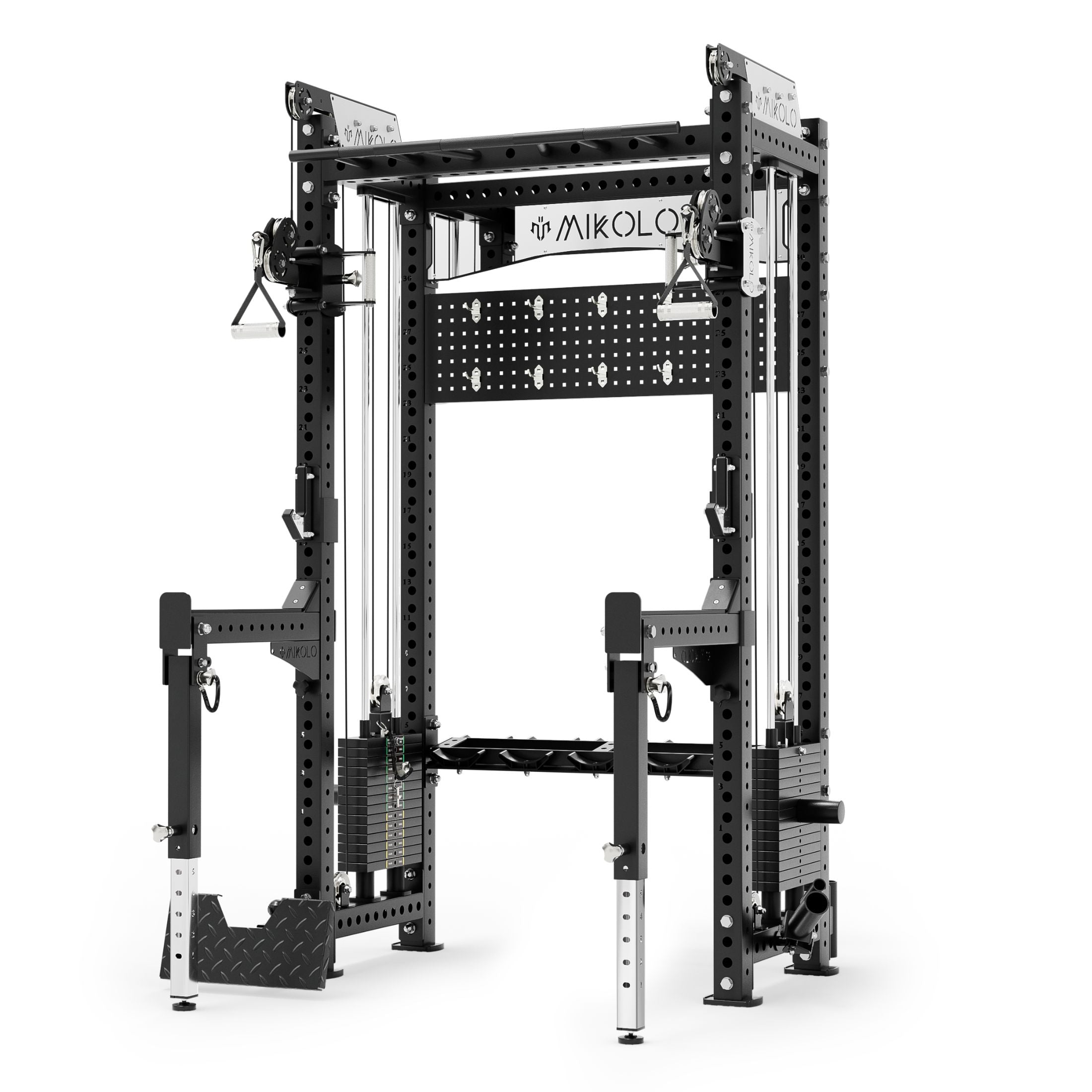
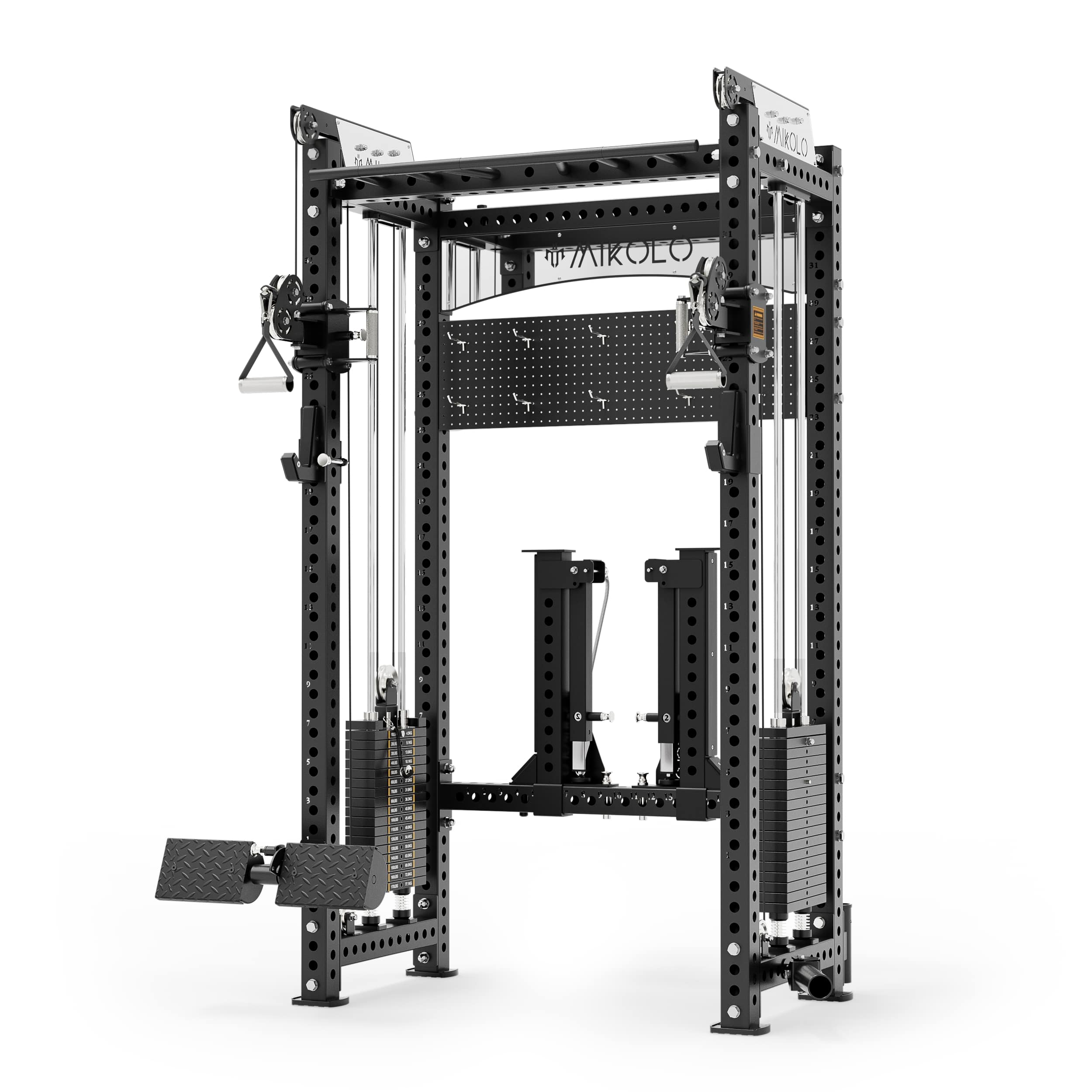
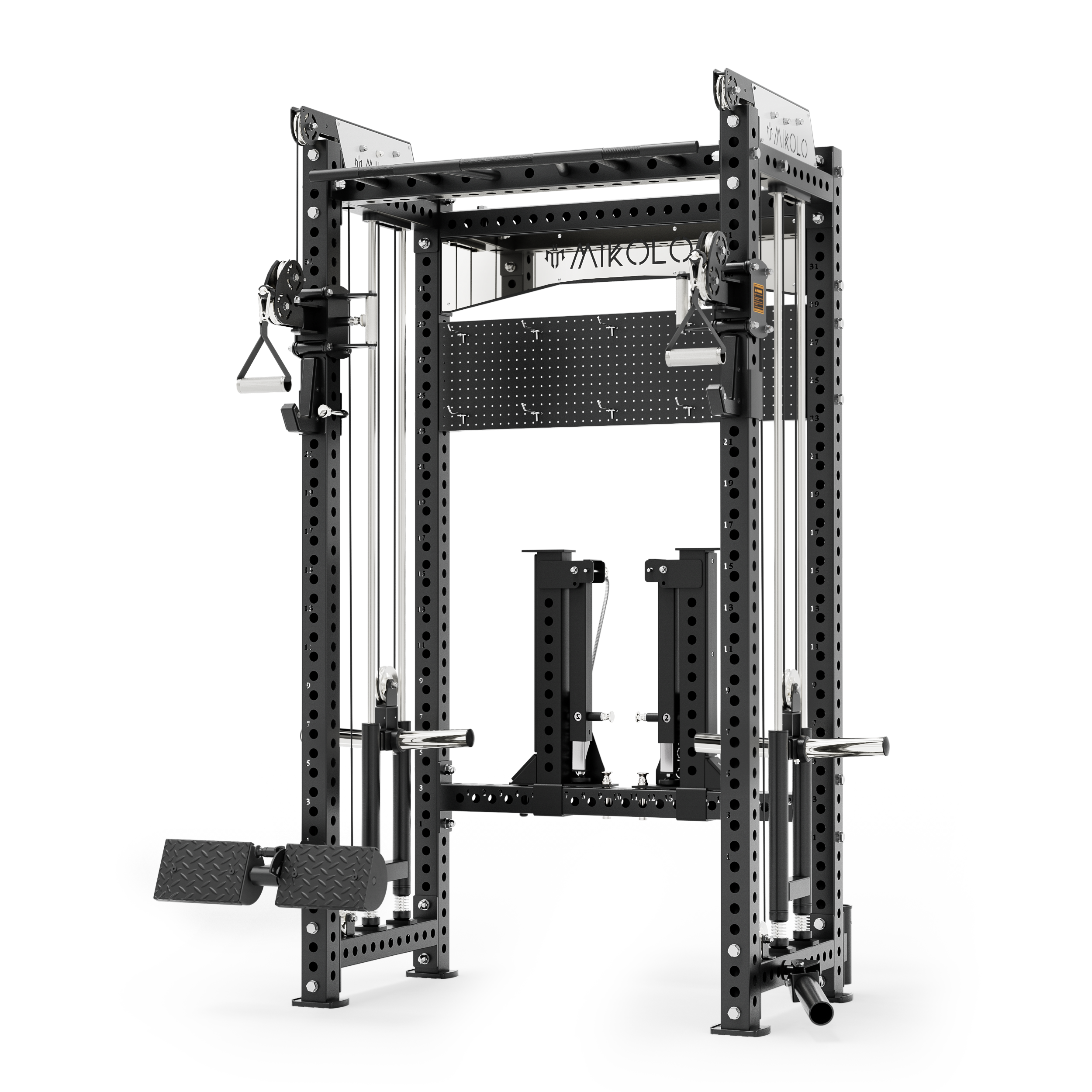


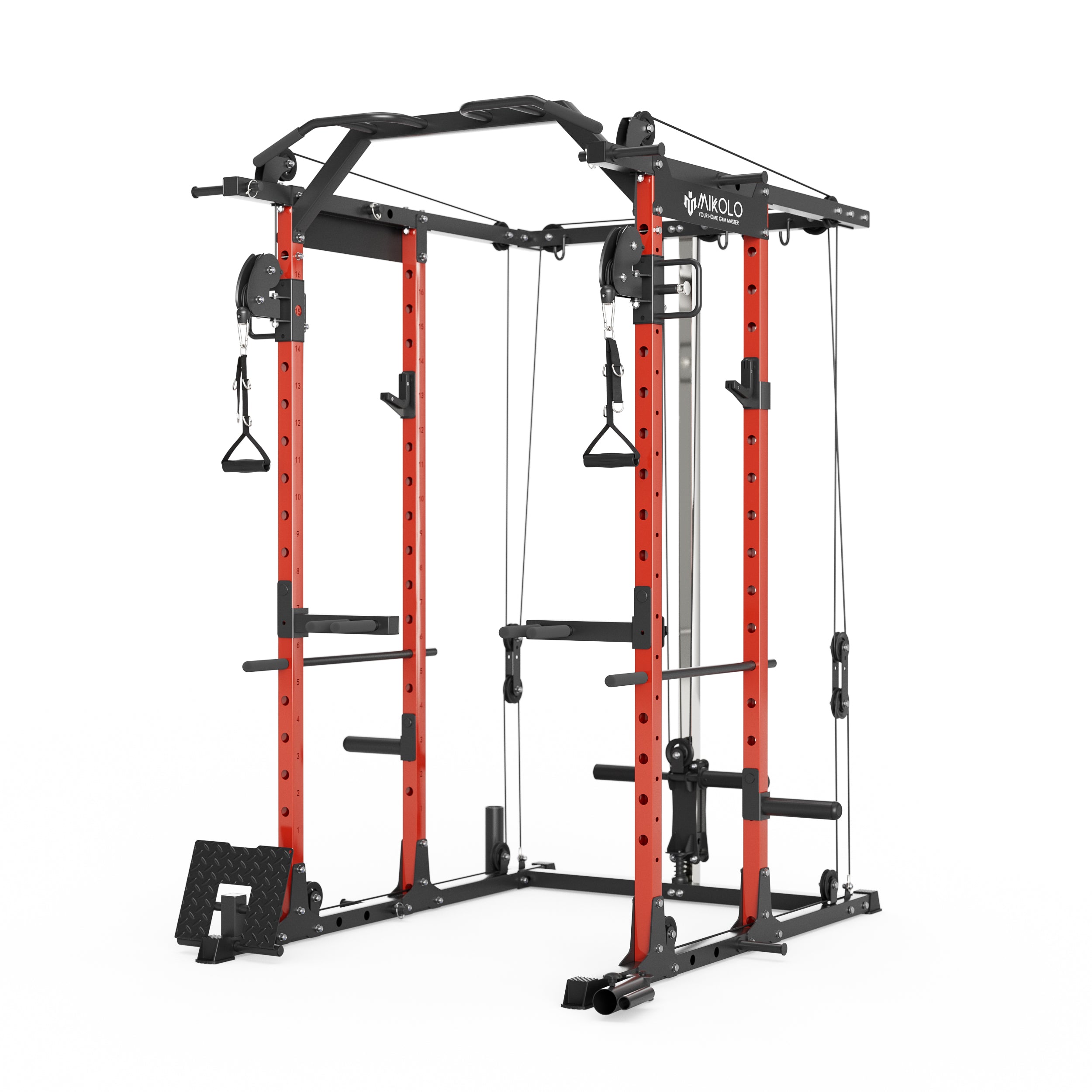
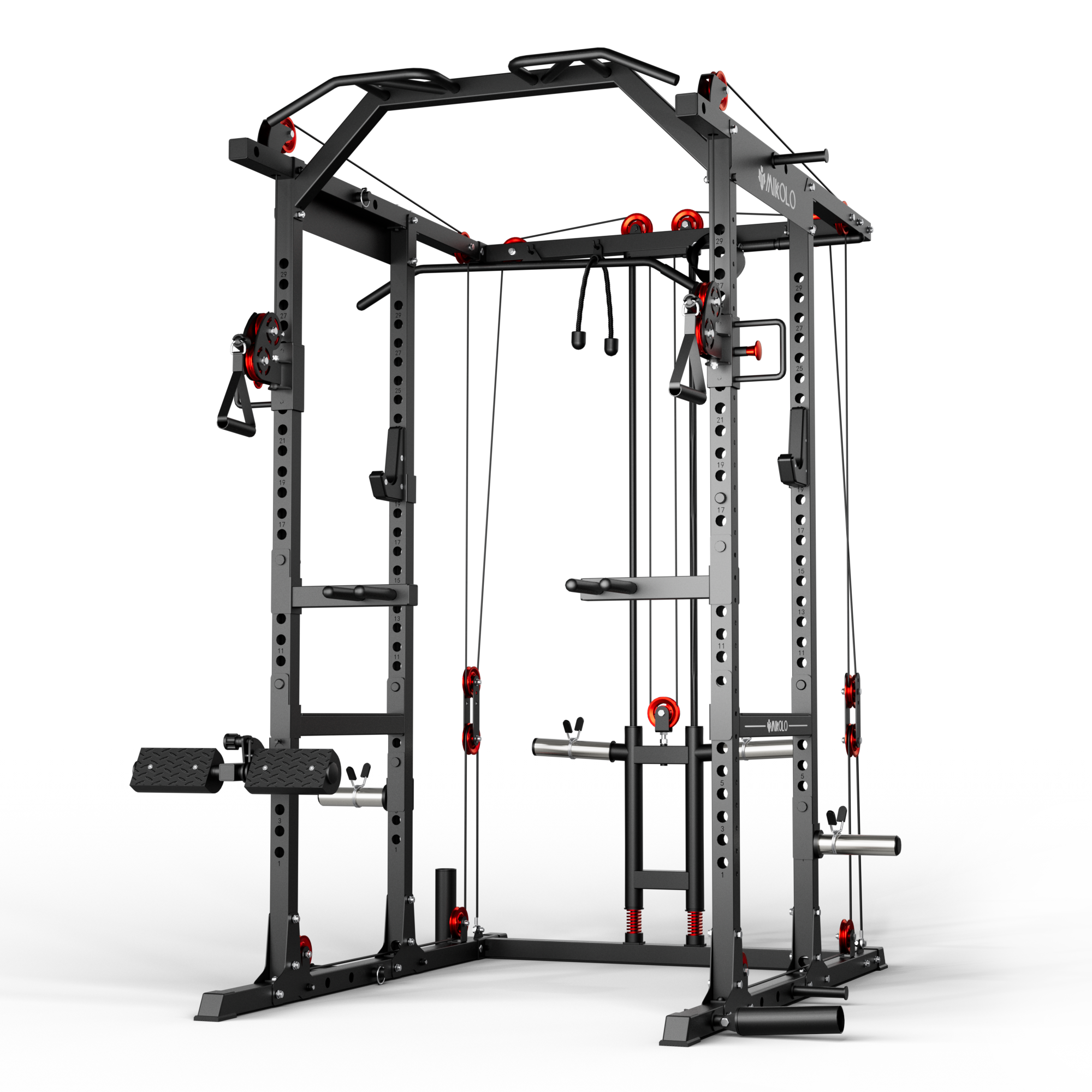



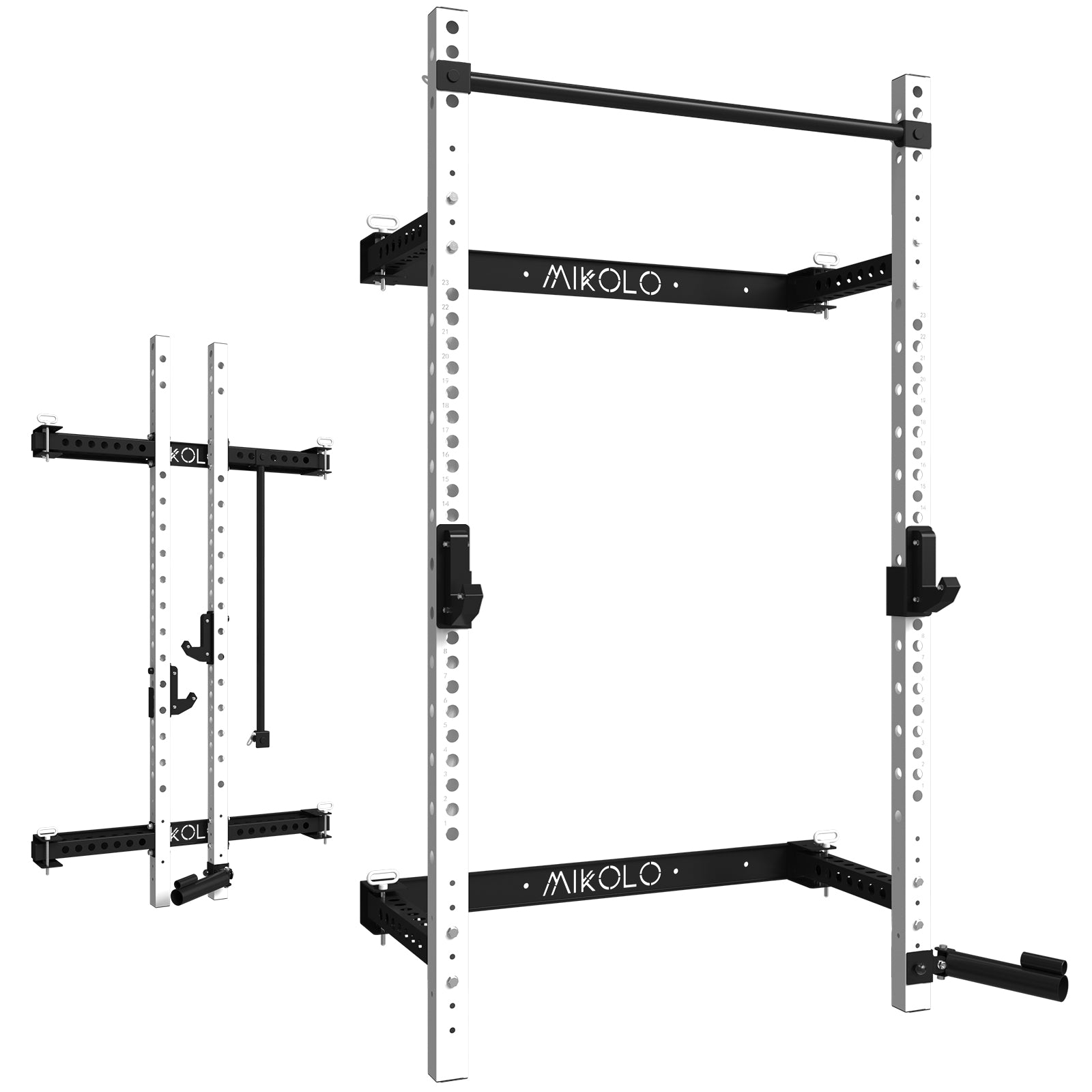

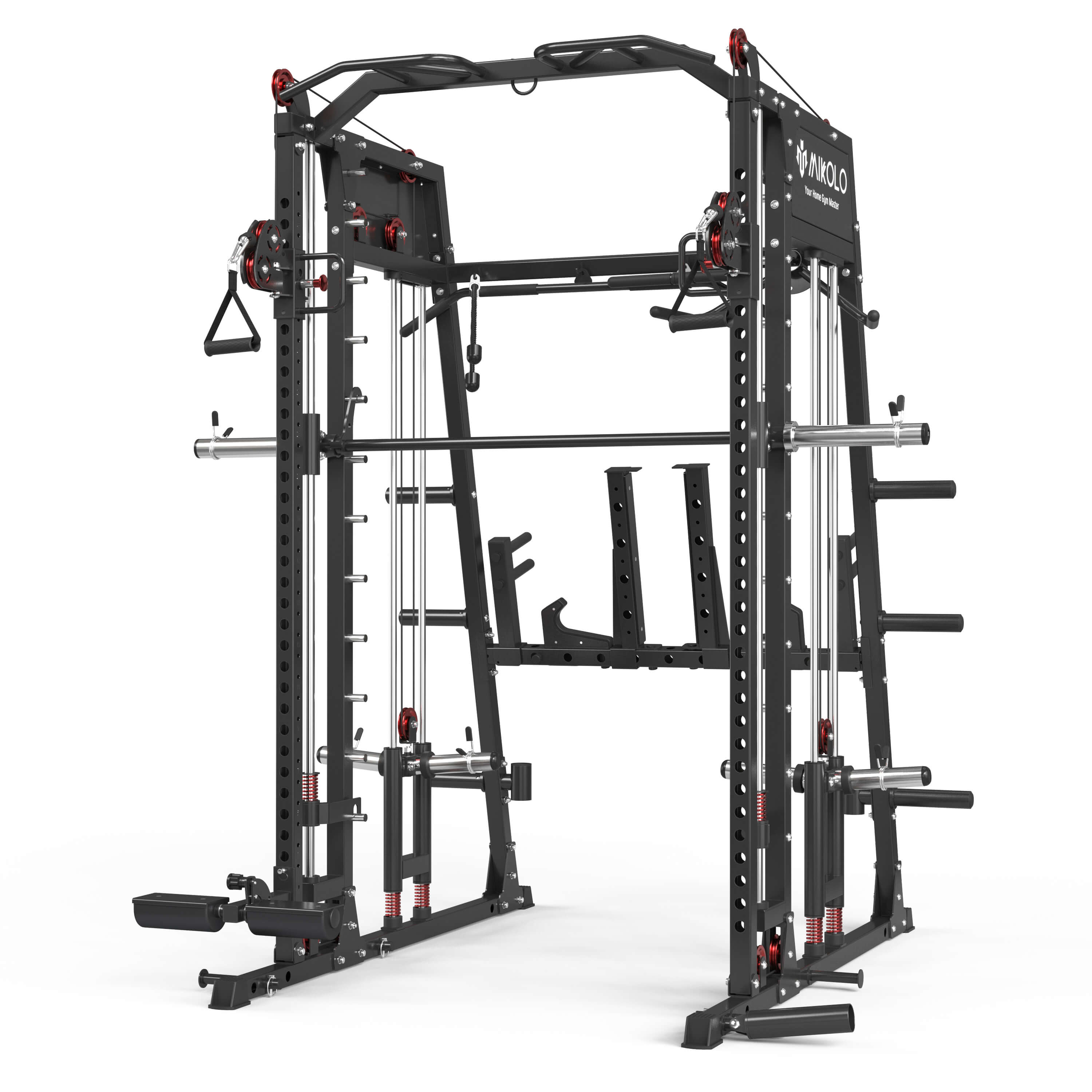
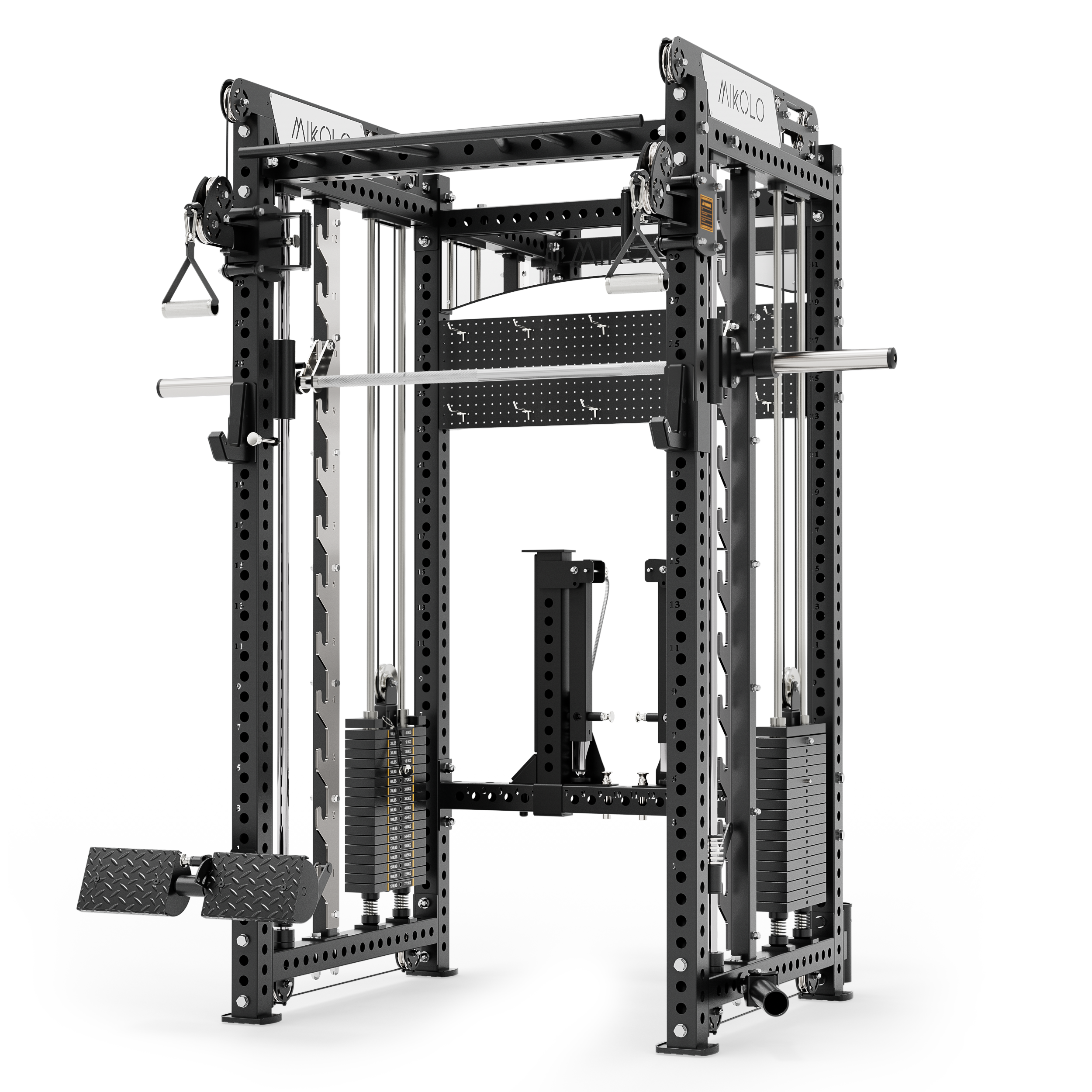
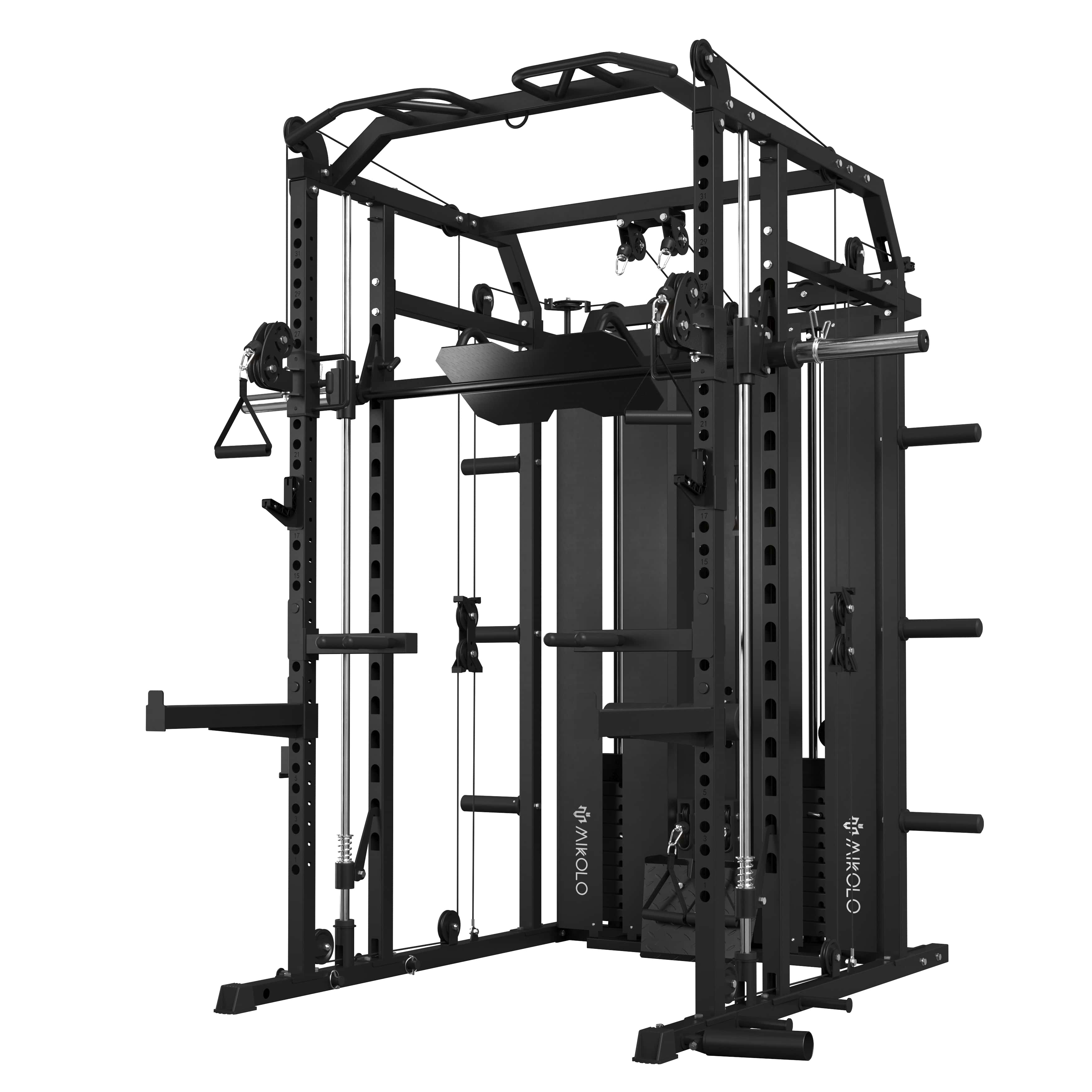




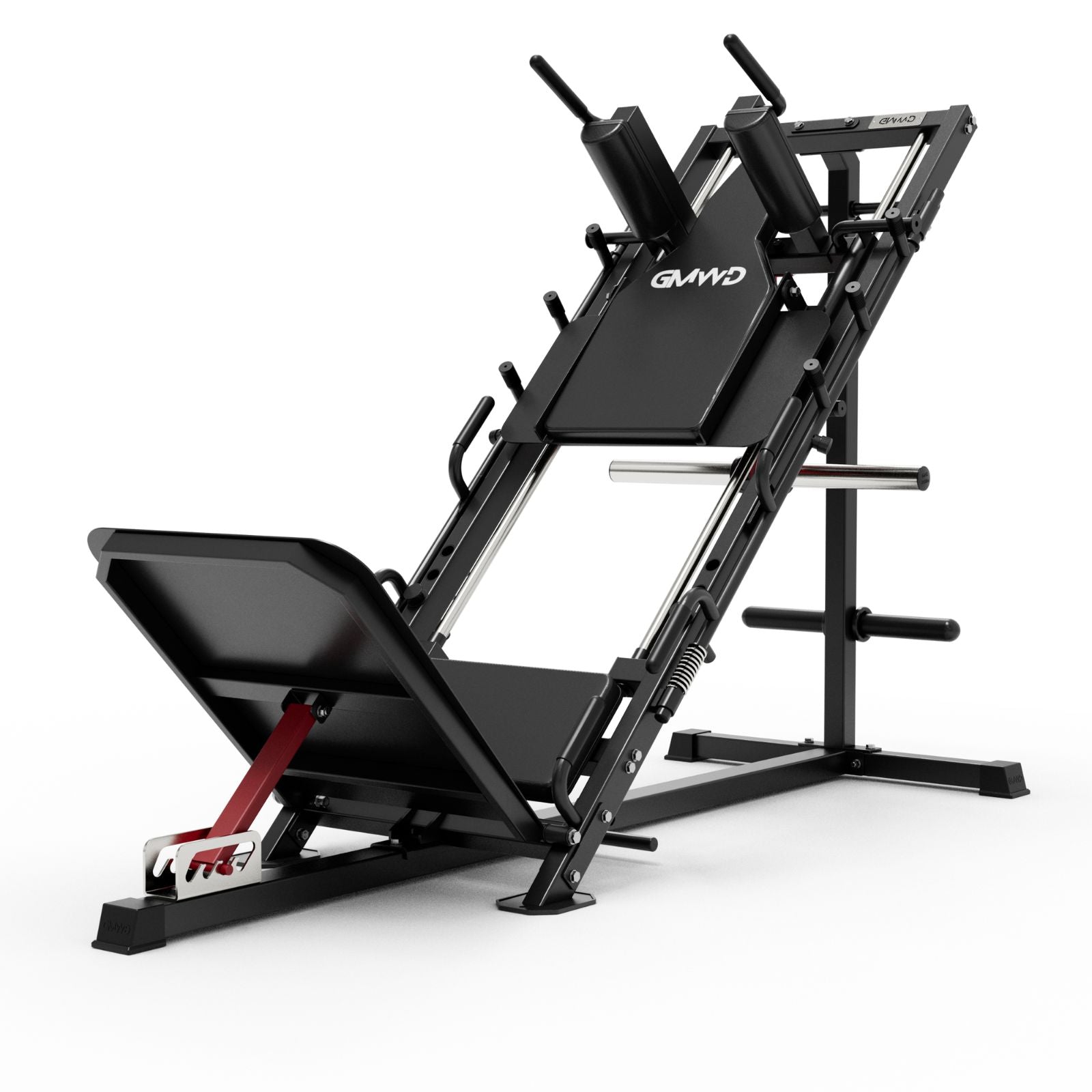


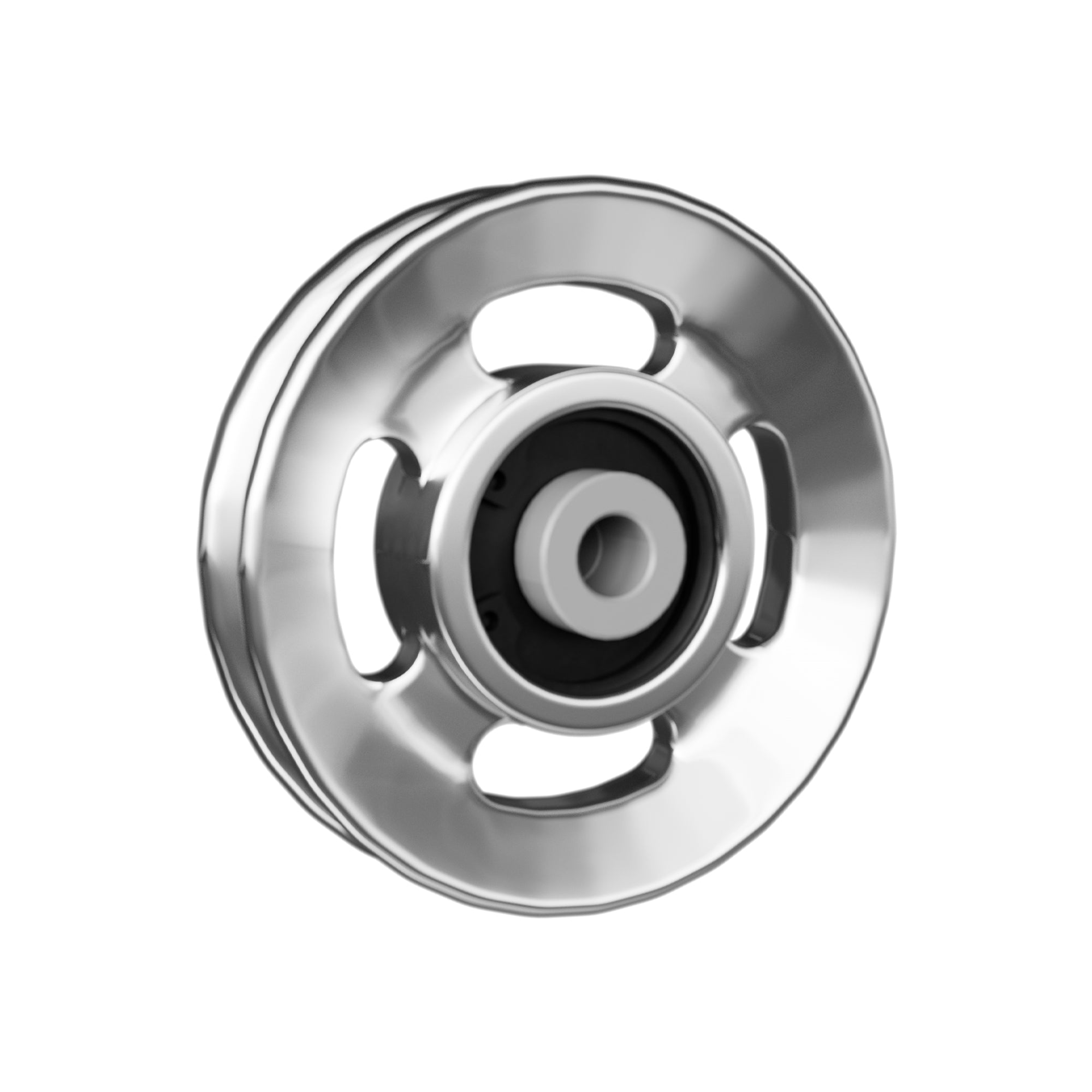


















Leave a comment
This site is protected by hCaptcha and the hCaptcha Privacy Policy and Terms of Service apply.